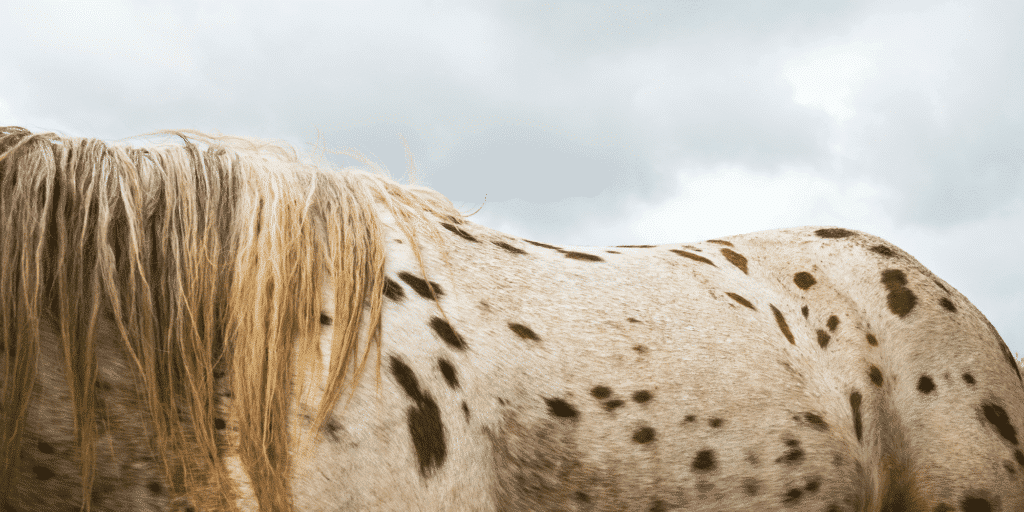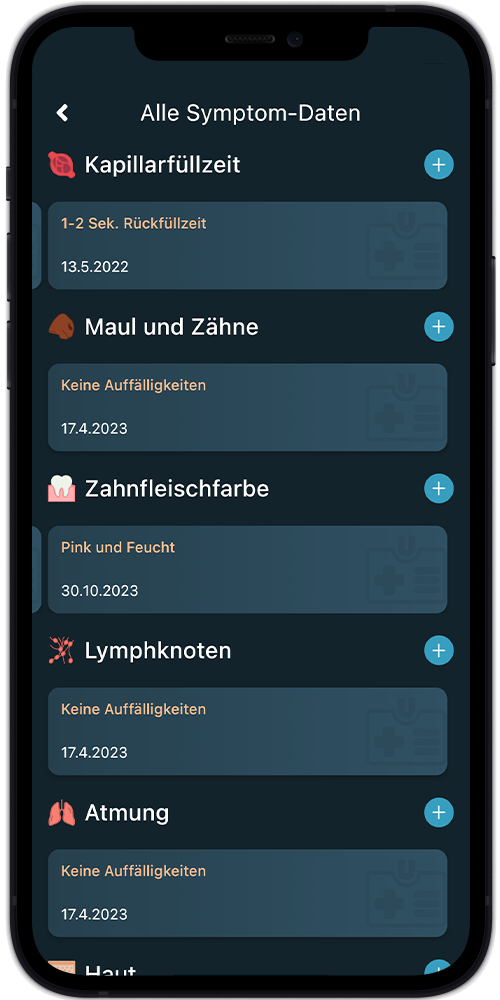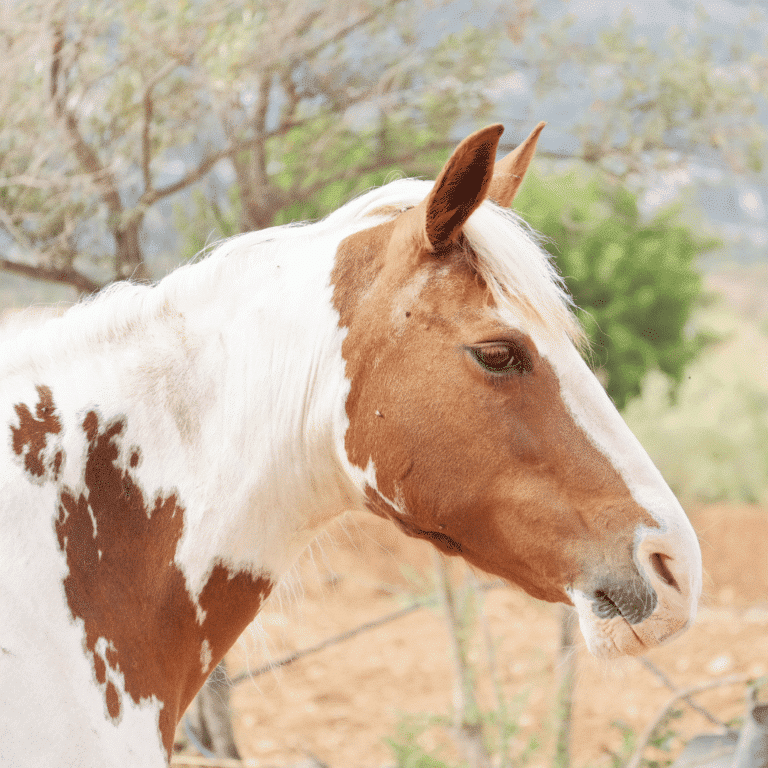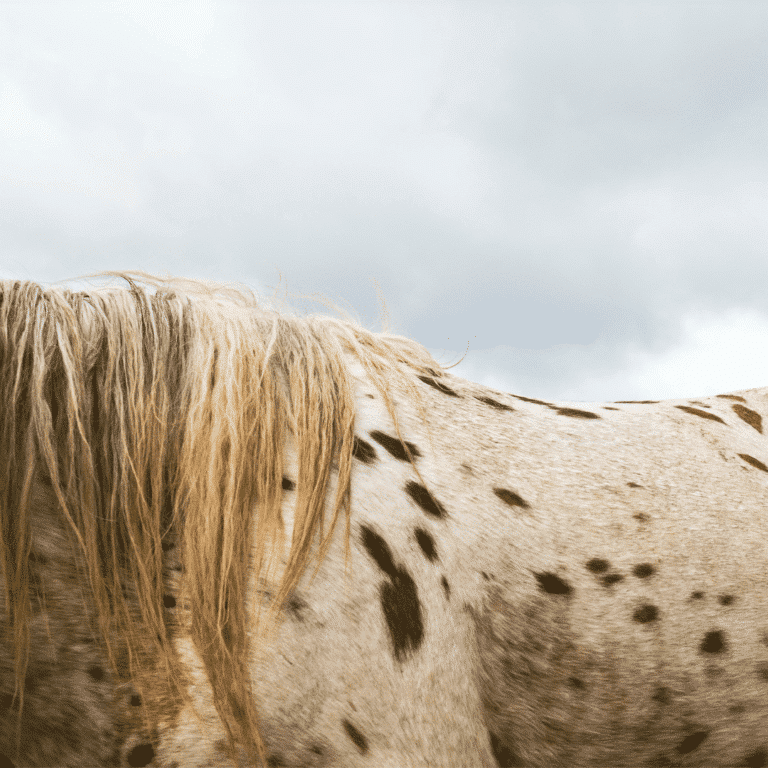
Lymphom bei Pferden
Diese Krankheit ist lebensbedrohlich und sollte schnellstmöglich von einem Tierarzt behandelt werden.
Das Lymphom bei Pferden ist eine Krebserkrankung des Lymphsystems, die oft durch vergrößerte Lymphknoten und verschiedene Symptome auffällt.




